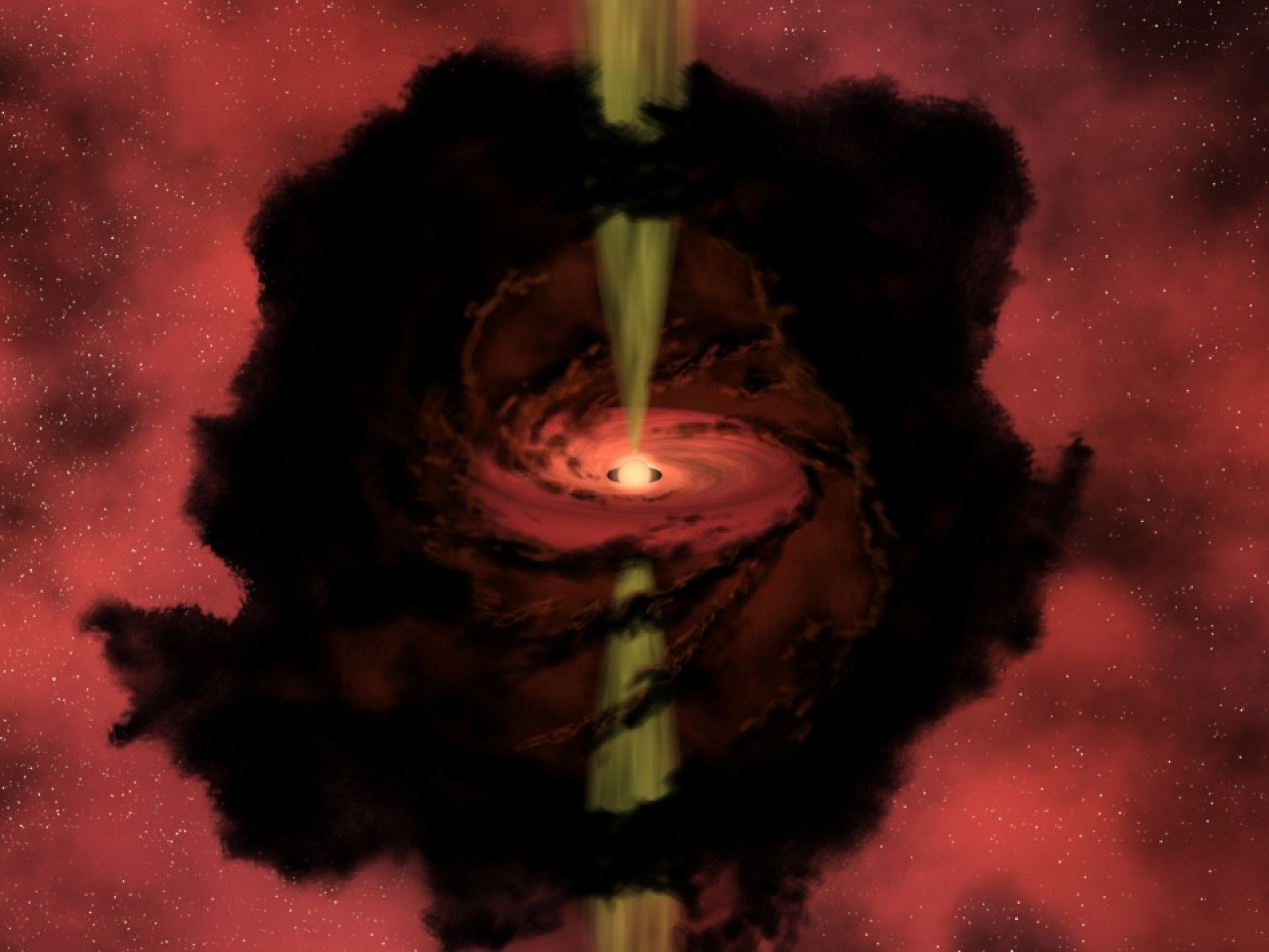Sun-like star blasts massive jets of water into interstellar space
An exciting discovery by ESA's Herschel Space Observatory reveals a young sun-like star shooting jets of water into space at a speed of 124,000 miles per hour.
This suggests that such protostar sprinklers may be encouraging the growth of other stars by distributing vast quantities of water and possibly seeding life in other places.
If we picture these jets as giant hoses and the water droplets as bullets, the amount shooting out equals a hundred million times the water flowing through the Amazon River every second, the National Geographic quotes Lars Kristensen, a postdoctoral astronomer at Leiden University in the Netherlands stating.
Located about 750 light years from the Earth surface in the northern constellation Perseus, the protostar was seen spewing jets of water from both its poles. Researchers at the Herschel Space Observatory used IR instruments to scan through the clouds where they detected light signatures of both hydrogen and oxygen atoms around the star surface.
The National Geographic mentions that after tracing the routes of the detected atoms, they concluded that water forms on the star, where temperatures are a few thousand degrees Celsius. But once the droplets enter the outward-spewing jets of gas, 180,000-degree-Fahrenheit (100,000-degree-Celsius) temperatures blast the water back into gaseous form.
The new findings have helped in the better understanding of the earliest stages of the life of the sun and furthermore provided vital details about how such sprinklers enrich the interstellar medium to facilitate growth of other stars.

© Copyright IBTimes 2025. All rights reserved.





















